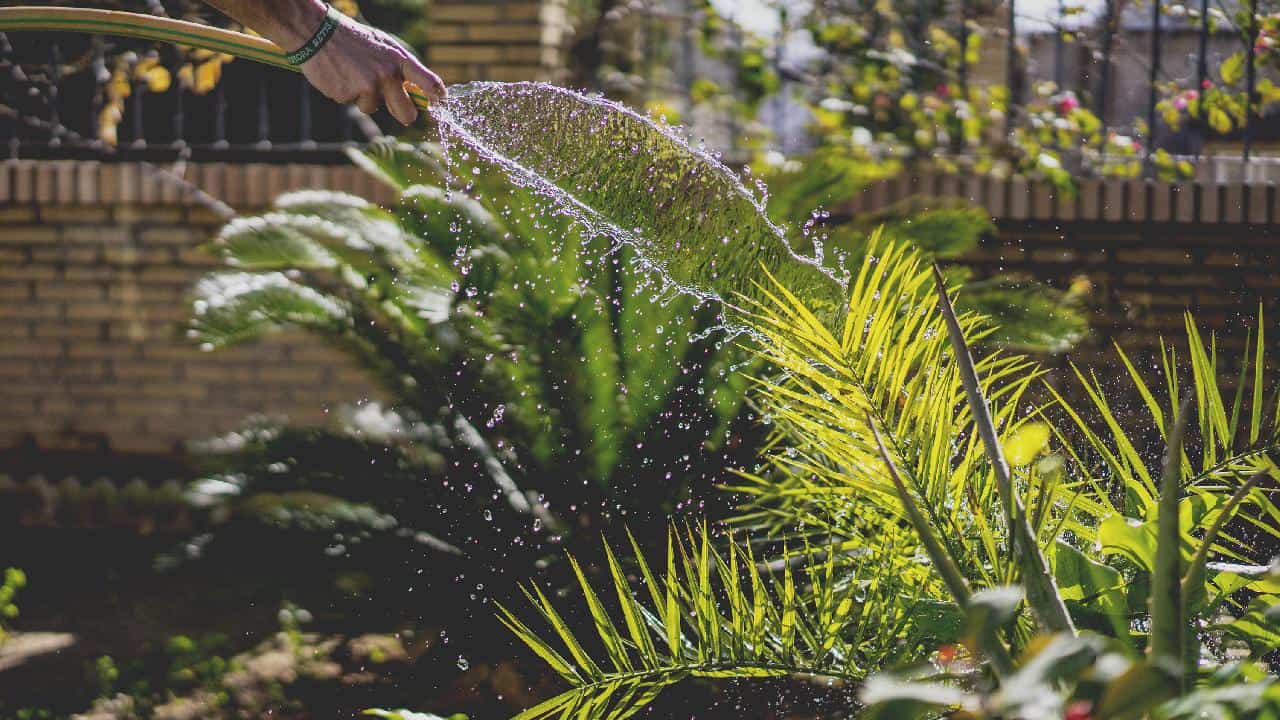All plants, outdoor and indoor, are susceptible to insect infestations. However, some suffer little damage because they’re resistant to the effects of inconveniencing garden pests, while others succumb to their destruction rather quickly.
Common household pests, including gnats, mites, thrips, and scale, tend to avoid particular plant species, making these plant types ideal for indoor living. Though a costly infestation is of small concern, these plants could be harmful to pets when ingested. Therefore, it’s your responsibility as a pet owner and homeowner to monitor your pet’s behavior and purchase pest-resistant, low-maintenance house plants.
Once you’ve decided on pet-friendly, pest-resistant plant species, you’ll need to accept the unfortunate reality that even the most pest-resistant plants in your home could sometimes fall victim to the destruction of nearby pests. Regular maintenance and pest control services will minimize or eliminate the risk of household infestations. You should consider seeking the services of a reputable pest control expert, such as Moxie Pest Control, that will eradicate existing pests using products safe for the plants, your household pets, and your home’s human residents.
Dracaena Marginata/ Madagascar Dragon Tree
The Dracaena marginata tree, also known as the dragon tree, originated in Africa and is easy to grow and maintain, making it an excellent choice for beginner gardeners experimenting with house plants. This plant type is highly resistant to drought, so you won’t have to water it as frequently as other house plants. However, keep in mind that it’s sensitive to fluoride lingering in your city’s tap water, so use distilled water for optimal growth.
Besides being resistant to pests, it is an impeccable air purifier. It removes xylene, trichloroethylene, and formaldehyde, which can cause eye irritation, throat irritation, headaches, and dizziness. Consult an expert to determine if the Dragon tree can survive in your home’s conditions/your region’s climate.
Sansevieria
Popularly known as the snake plant or mother-in-law’s-tongue, this plant is the most pest-resistant plant on the market. Native to tropical West Africa, Sansevieria is easy to grow even for the most amateur gardeners. It requires little water, thrives in dark spaces, is generally low-maintenance. Along with its beginner-friendly nature, Sansevieria acts as an air purifier and comes in a wide range of different variegations, sizes, and species, making it great for decoration. Equipped with tough skin, this snake plant makes it difficult for pests to attack.
Aglaonema
Aglaonema, also known as the Chinese Evergreen, is exceptionally disease-resistant, meaning pests tend to avoid this particular house plant. The Chinese Evergreen is indigenous to subtropical and tropical New Guinea and Asia and highly-tolerant to drought, dry environments, and limited sunlight.
For optimal growth, make sure you water your Aglaonema once every two weeks and keep it away from drafts. When well cared for, this house plant can remove formaldehyde and xylene from its surroundings, purifying your home’s air. Additionally, an Aglaonema produces white flowers, enhancing your interior’s aesthetic quality.
Bromeliads
Bromeliads come in more than 2000 varieties, so you’ll have plenty of options and a better chance of finding the best plant for your lifestyle and unique preferences. Bromeliads have tough, fleshy leaves, which pests don’t like chewing on. Because these household pests struggle to munch on this plant’s leaves, these insects tend to look elsewhere for food sources. Note that this type of household plant is non-poisonous and can survive without water for many weeks, making it the ideal for those plant owners with hectic work schedules or those with household pets or young children.
As a bonus, a bromeliad can survive without natural lighting and derive energy from artificial light sources. To achieve the most vibrant, eye-catching color possible, place this household plant under indirect lighting, as indirect light makes its leaves more colorful.
Crassula
Crassula, also known as the jade plant, is indigenous to South Africa but now is globally grown as an indoor ornamental plant due to its low-maintenance nature. Additionally, the Crassula is highly pest-resistant and known to bring good luck to their owners, hence its nickname “the money plant.”
The Crassula grows leggy without enough bright light, so place in an area that receives ample amounts of direct sunlight. With proper care, it can grow up to six feet tall and purify the air in your home.
Cast Iron Palm/ Aspidistra Elatior
The Cast Iron Palm is native to Taiwan and Japan and extremely resistant to pests. Since it’s one of the most challenging plants to kill, this house plant is best suited to the aspiring plant owners who struggle to keep plant life alive. Those plant owners who tend to neglect watering should consider purchasing the Cast Iron Palm. While it grows slowly, it can endure the occasional missed day of watering.
Because it thrives in dry and hot conditions, this is not your ideal indoor plant if you live in colder environments. If you live in an arid climate, you can enjoy its non-poisonous qualities suitable for households with small children or curious pets.
Coleus Blumei
The colorful leaves of the Coleus Blumei that are extremely tough not only make the plant impeccably beautiful but also resistant to insects and bugs, as no pest is willing to nibble tirelessly to extract its nutrients.
If you like tending to your house plants, the Coleus Blumei is ideal because it requires moist soil. It also needs ample sunlight exposure, so let it grow in areas that receive lots of direct sunlight. Although it’s safe for human contact, it can make pets sick quickly if ingested, so stay vigilant.
Catnip/ Nepeta Cataria
Nepeta Cataria’s chemical compound nepetalactone attracts cats to the plant, so your feline friend will enjoy spending time nearby. With your cat in close proximity, this house plant will keep away cockroaches intimidated by your feline friend’s lethal capabilities.
If you maintain this type of house plant well, it can grow up six inches. For optimal growth, the Nepeta Cataria requires bright sunlight. To ward off household pests from its surface, sprinkle in small quantities of pesticides in various locations.
Final thoughts
Besides making your home beautiful and purifying the air, studies show that indoor plants enhance your productivity, boost your creativity, and improve your mood. While some plant species can welcome in an infestation that may lead to hundreds of dollars in expenses, these house plants repel disease-transmitting insects—keeping your loved ones safe and healthy.
Discover more from Futurist Architecture
Subscribe to get the latest posts sent to your email.




